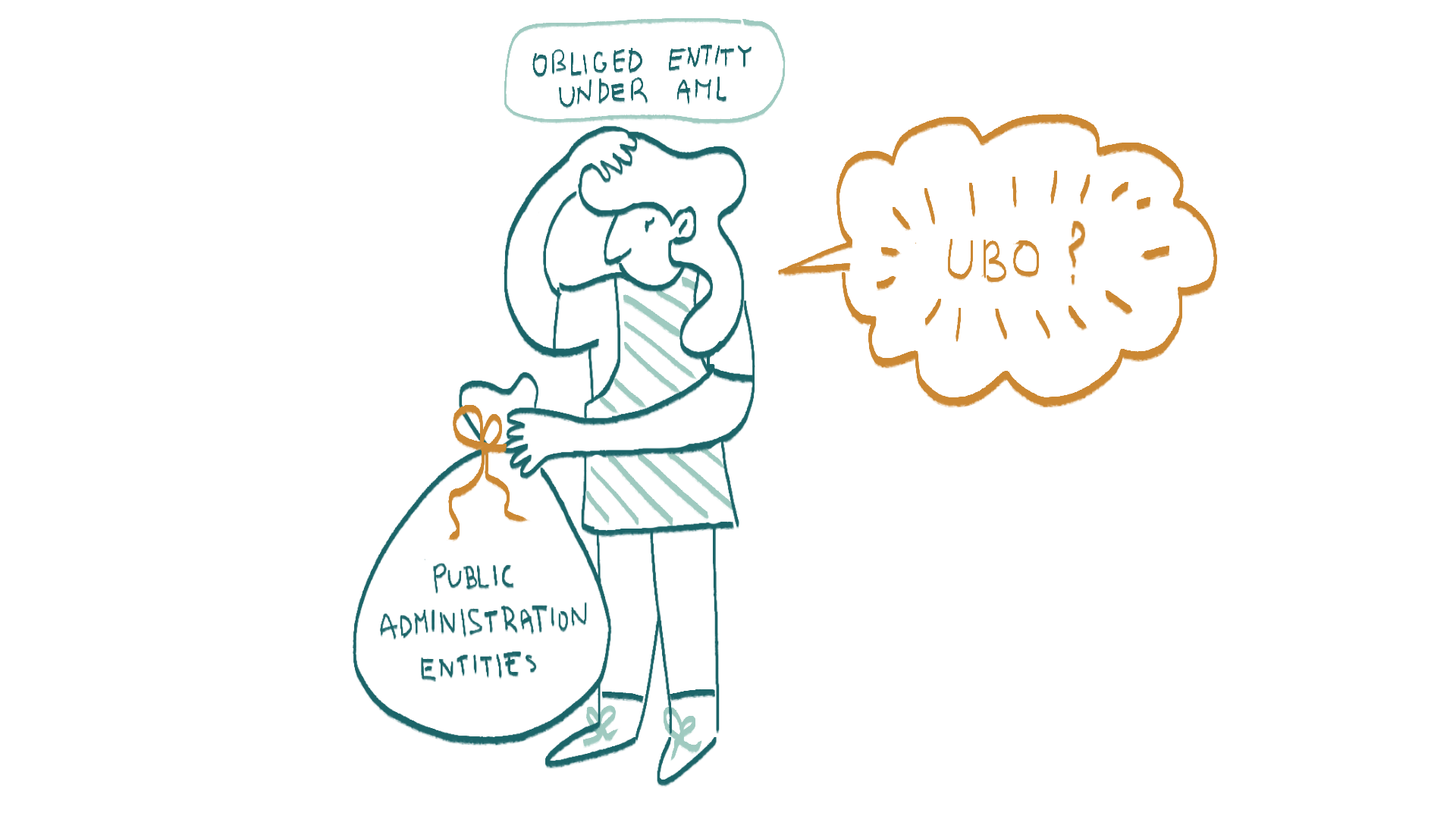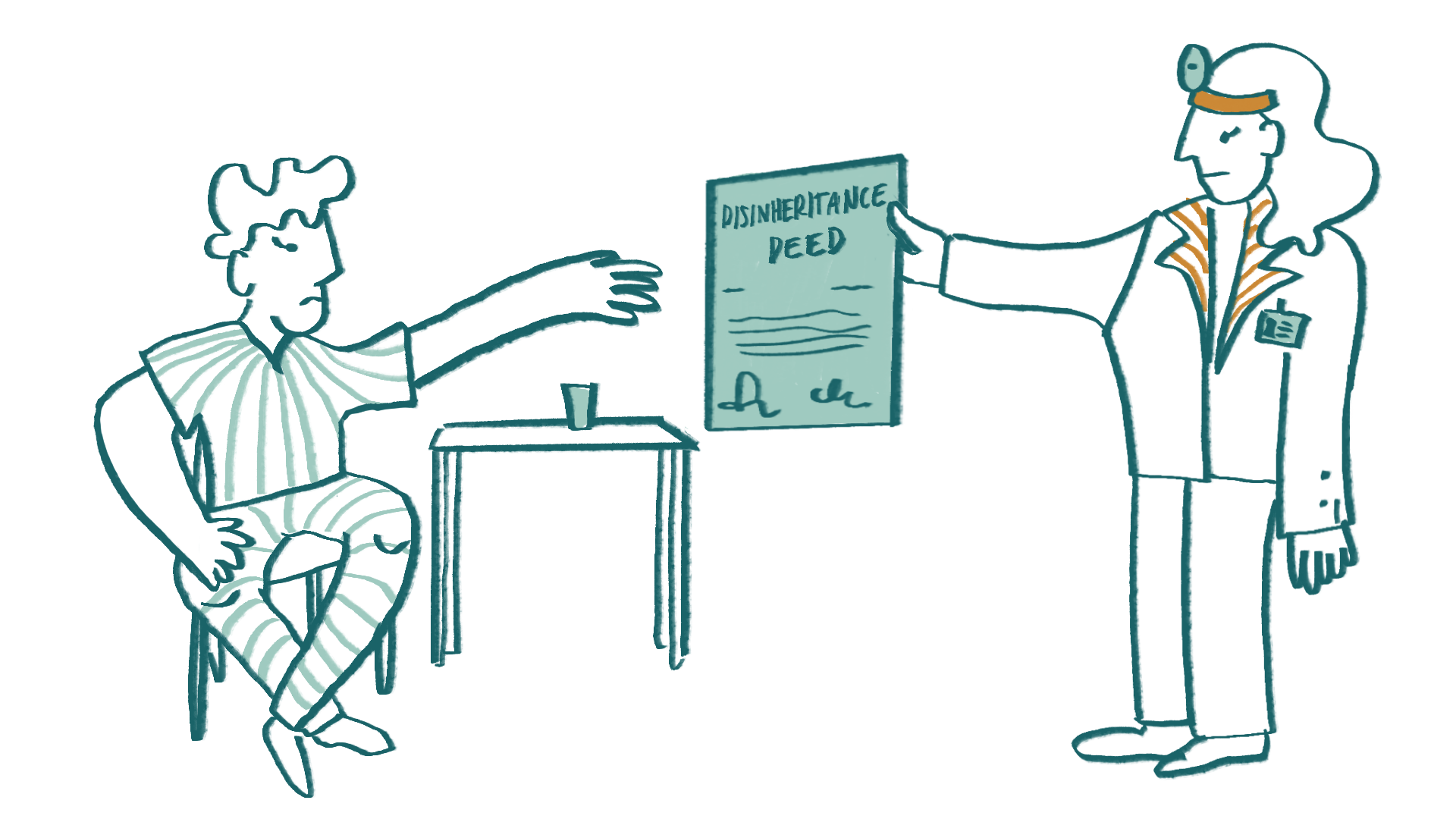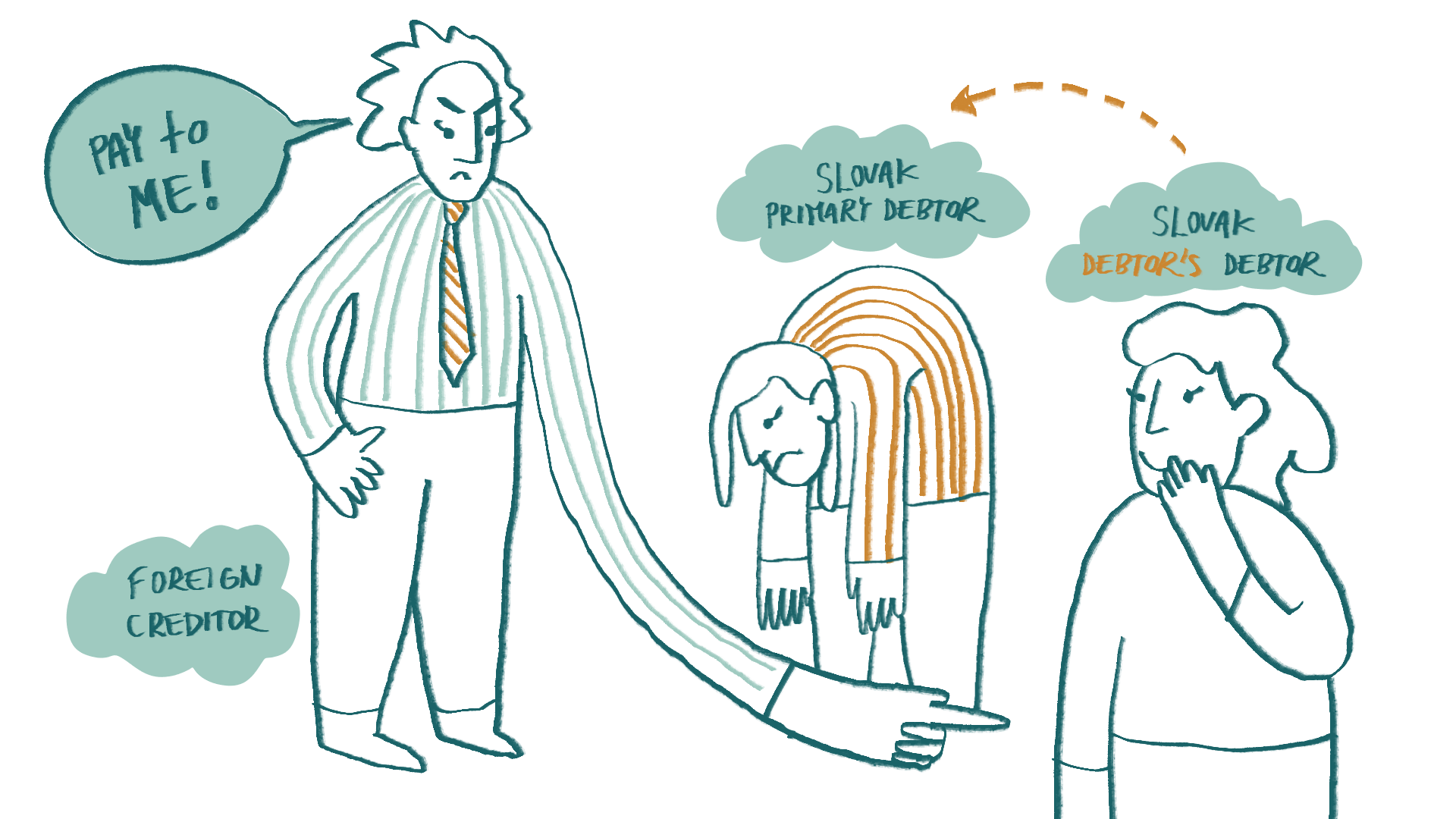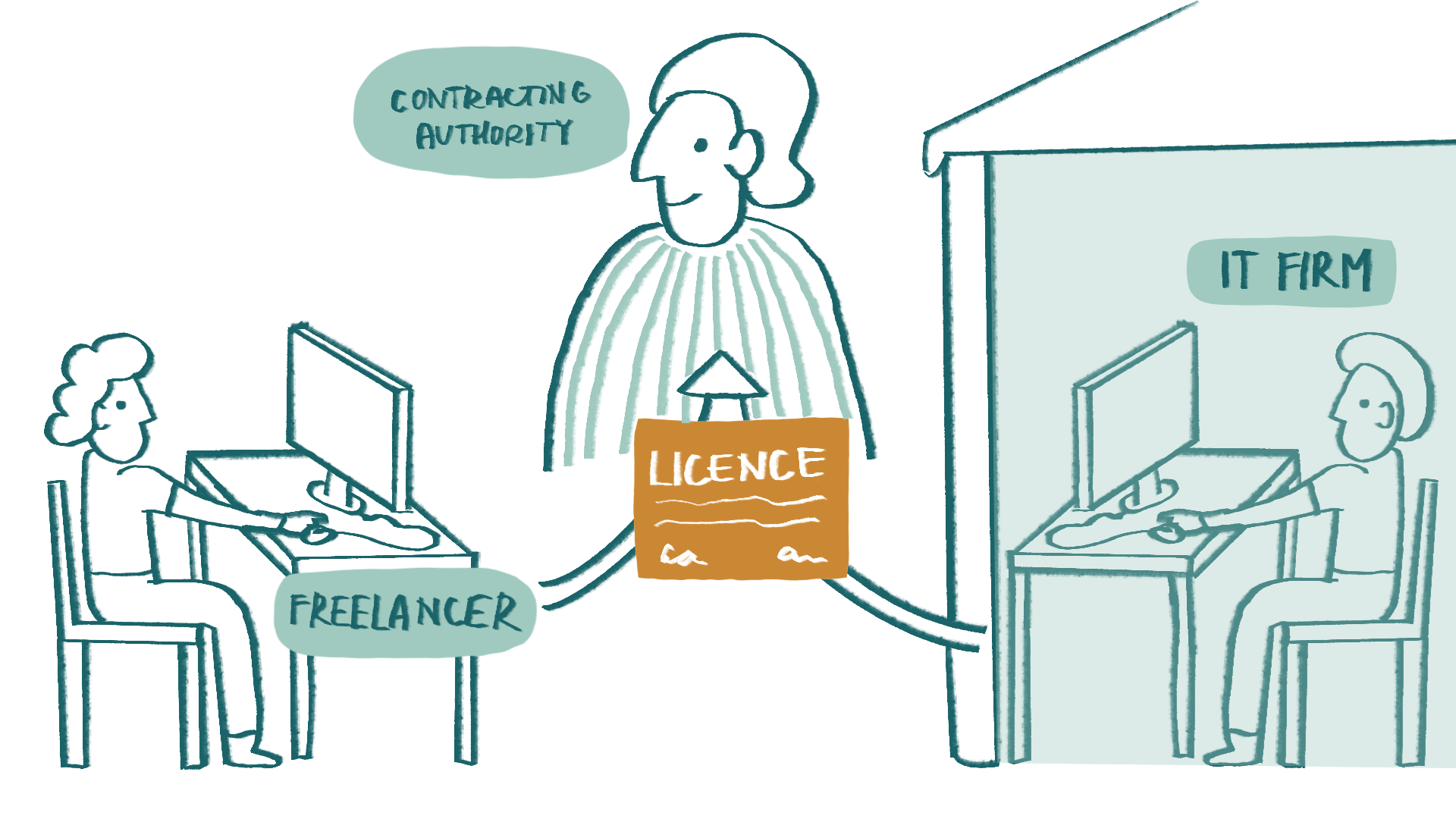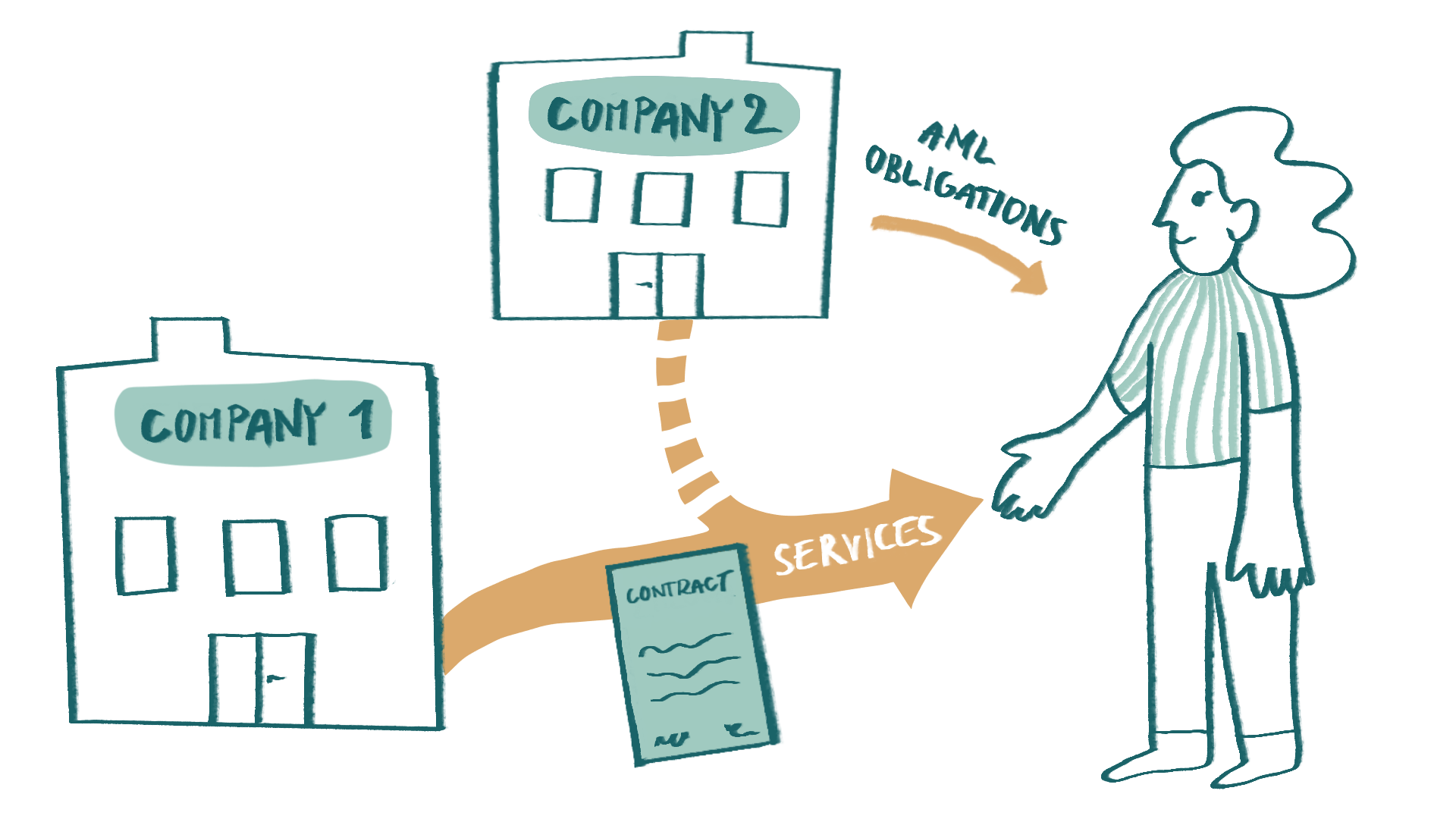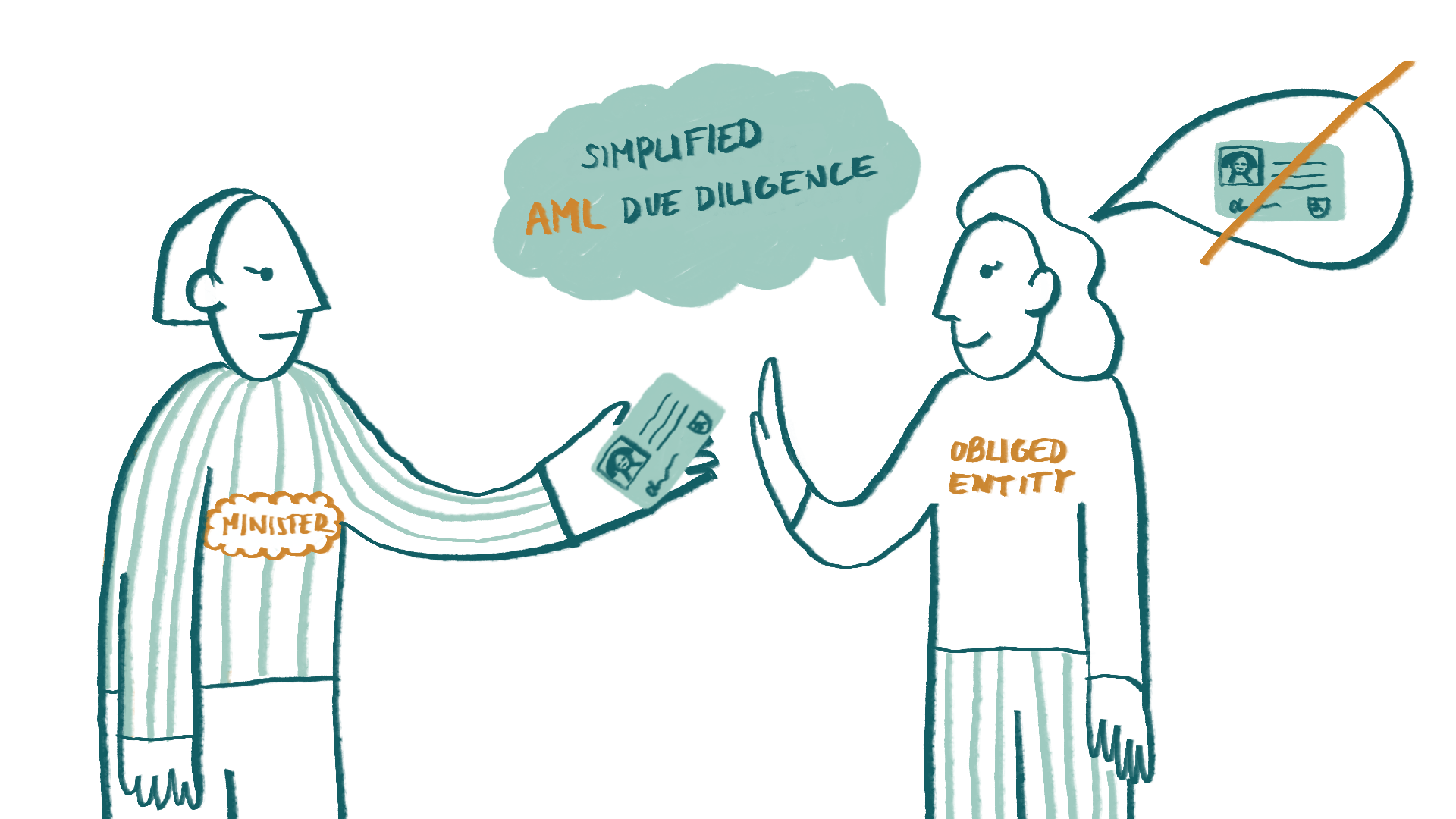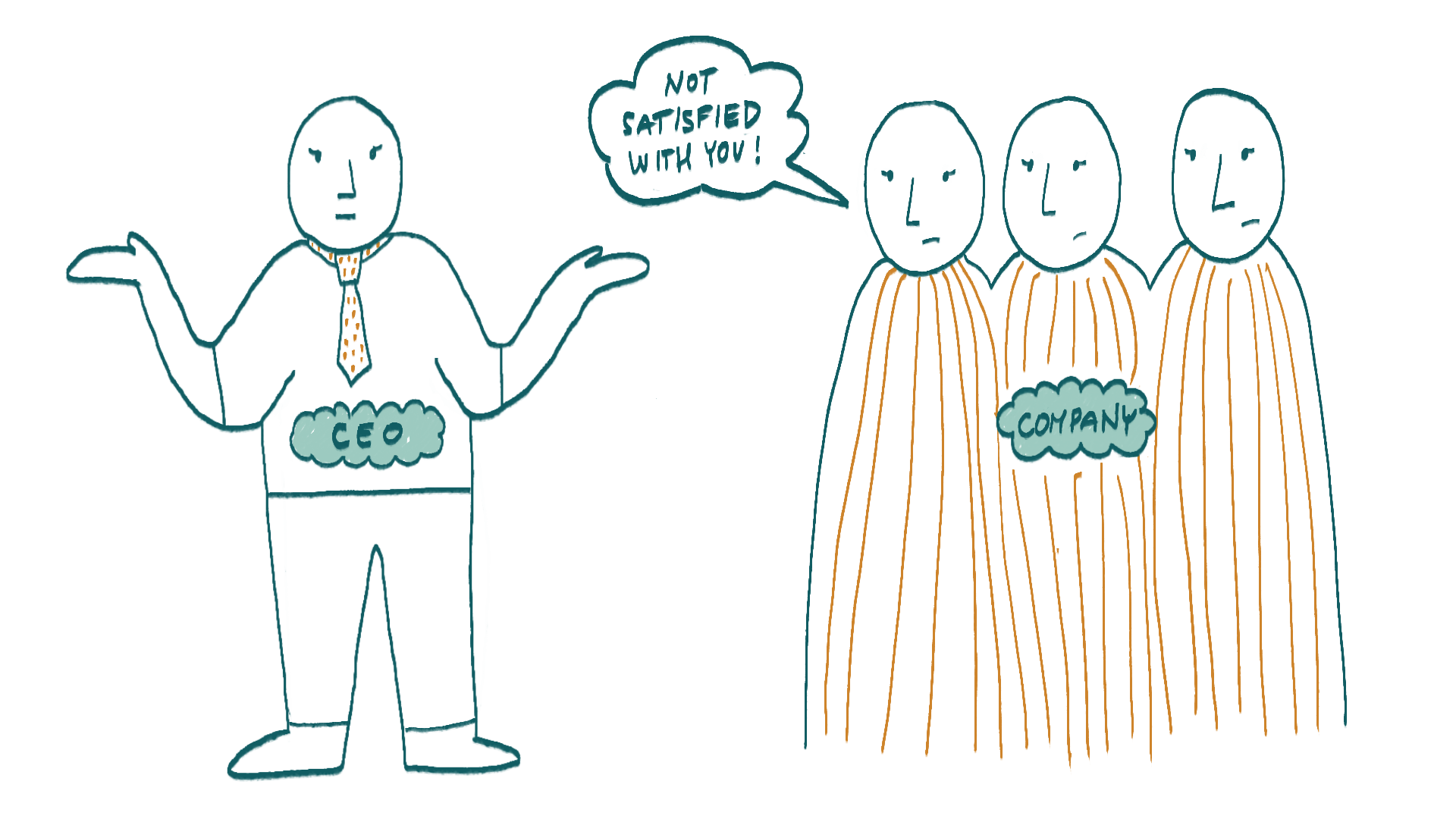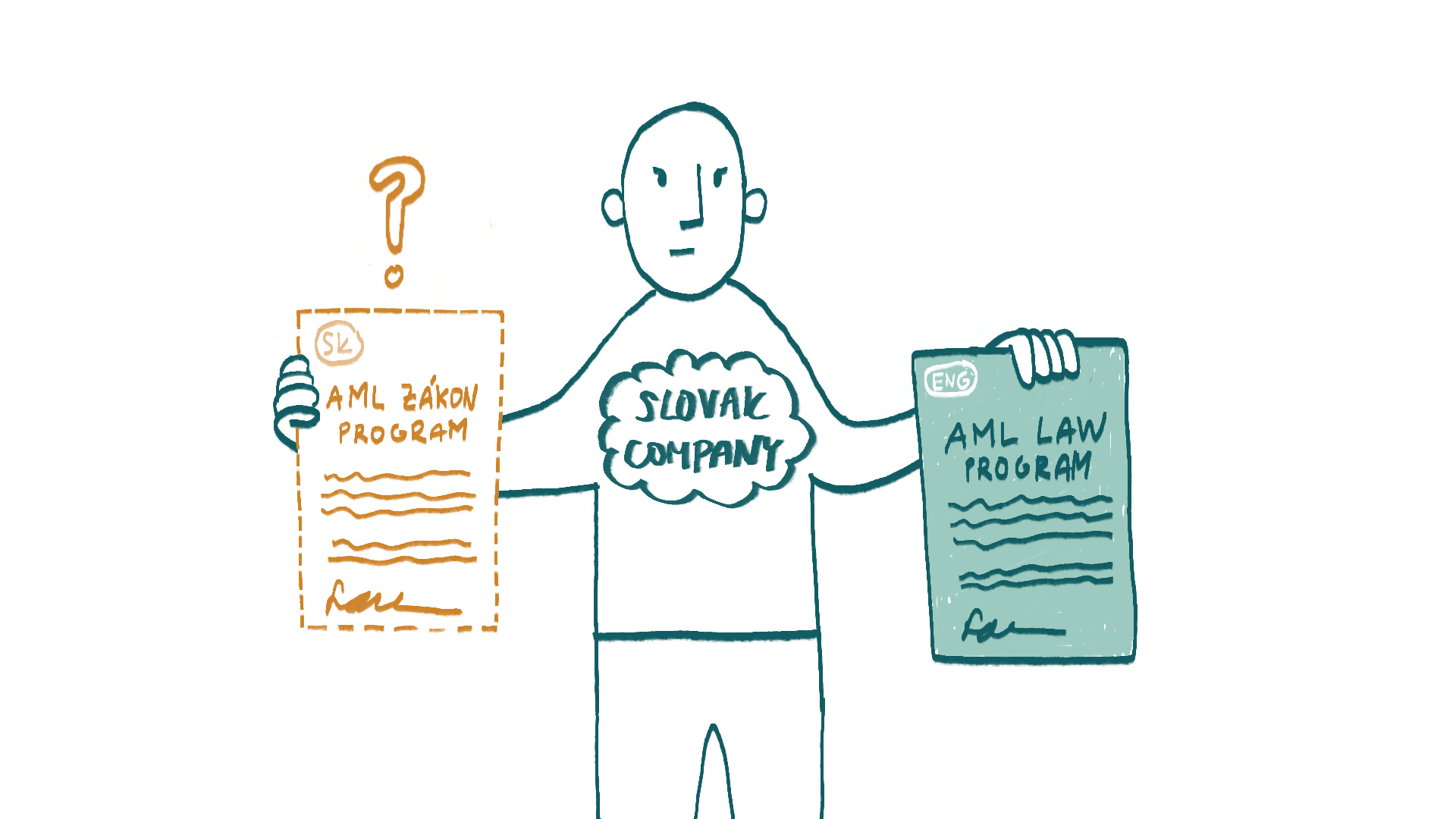There is a trade union in our company. Recently, the organisation of our work has changed significantly, and a large portion of our employees and managers, including trade union representatives, work remotely. Most of our meetings take place online through Zoom or MS Teams. We would also like to hold meetings with trade union representatives this way. Our question is whether we can consult termination notices in accordance with Section 74 of the Slovak Labor Code online. We also want to know if we are obliged to present the actual text of the termination notice to the trade union representatives or how detailed we should be in informing the trade union about the reasons for the termination. Finally, is it necessary to create a formal record of the online meeting, or is it sufficient to summarize the key points in an email following the online meeting?
The Slovak Labor Code does not specify the form of consultation of termination notices with employee representatives, nor the form of consultation for other matters between the employer and employee representatives. According to Section 237 of the Slovak Labor Code, “Consultation is an exchange of opinions and dialogue between employee representatives and the employer.” Directive 2002/14/EC, which sets out a general framework for informing and consulting employees in the European Union, states that consultations should take place at an appropriate time, in an appropriate manner, and with adequate content. The directive also stipulates that consultations should occur “in such a way as to enable employees’ representatives to meet the employer and obtain a response, and the reasons for that response, to any opinion they [the employer] might formulate.”
In our view, an online meeting, such as one conducted via videoconference with real-time audio and video of participants, is equivalent to a face-to-face meeting. If the consultation takes place in the form of an online meeting, there should be no doubt that this form allows participants to obtain necessary information, express their opinions, and immediately respond to each other. Even if there was no video transmission (for example, if a participant does not have their camera on), it can still be considered equivalent to a face-to-face meeting, as it allows for the exchange of opinions and dialogue between the employer and employee representatives.
Slovak court decisions indicate that representatives of the employer and employees do not need to meet in person for consultations. The Supreme Court of Slovakia in decision 5Cdo 140/2010 stated: “Consultation does not mean that a joint meeting of the employer and the trade union is required. The aim of this legal requirement is to notify the trade union of the employer’s intention to terminate the employment relationship with an employee and to give the trade union an opportunity to express (or not express) their opinion on this intention after their own consultation. The law does not specify any conditions under which the employer or the trade union has to act.“ This decision implies that it is sufficient for the employer and employee representatives to exchange information that is the subject of the consultation in writing. In our view, this decision confirms that the consultation can take place in any form.
The important thing is that the consultation fulfils its purpose, which is the exchange of opinions and dialogue between the employer and employee representatives. To engage in a dialogue and express their opinion, employee representatives need to obtain information. This relates to your question about the details of the termination notice that the employer is obligated to share with employee representatives during the consultation. In our opinion, the employer should inform the employee representatives about whom will receive the termination notice, the reason for the termination, and possibly when the employer plans to serve the termination notice. The form in which this information is provided to the employee representatives is not defined. If the employer decides to convey this information orally, we believe it is sufficient. For example, if the termination notice consultation takes place in the form of an online meeting where the employer informs the employee representatives that they intend to terminate the employment relationship with an employee, specifying the employee by name and position, stating that the reason for the termination is an organizational change, and that the termination notice will be served at the end of the current month, we believe the employee representatives would have enough information to engage in a dialogue. This dialogue might include follow-up questions, such as the reasons for the organizational change or why the employer decided to terminate the employment relationship with this specific employee instead of another employee from the same department. The dialogue might also involve expressing the representatives’ opinion, such as informing the employer that the employee is in a difficult personal situation due to caring for a seriously ill family member or expressing disagreement with the termination of this specific employee.
We believe it is not necessary for the employer to present the specific wording of the termination notice or other related documents, such as a notice of breach of work discipline or a decision on organizational change. However, it is important that the representatives are informed of the reason for the termination. This can be stated by referencing the relevant provision of the Labor Code or a brief description, such as termination for organizational reasons or for unsatisfactory job performance.
The question of whether to keep a formal record of the consultation is related to potentially proving that you, as the employer, did indeed consult the termination with the employee representatives before delivering the termination notice. If an employee challenges the validity of the employment termination in court, it will be examined whether the consultation with the trade union operating in your company took place. Having minutes signed by the union’s statutory body, indicating the information exchange took place during the consultation and the union representatives had the opportunity to engage in dialogue and express their opinion, will put you in a strong evidentiary position. However, we believe that having minutes is not the only way to prove that the consultation took place. It can also be demonstrated through email communication, where the employer’s representative summarizes the content of the information conveyed at the meeting and indicates when the meeting took place and who attended. If the trade union representatives respond to such an email and their response indicates that they participated in the consultation without raising any objections to the content summary, this email communication can serve as sufficient proof of the consultation. Ultimately, even if there is no email communication, the consultation can still be proven through witness testimonies. This may be more challenging, but it is still possible that the court will accept witness testimonies as a proof that the consultation took place.



